My blog for this week is about acupuncture for tennis elbow.
You don’t have to play tennis to suffer from tennis elbow that I can tell you for sure! I have treated various different age groups with this condition in the last 12 years of practice.
Tennis elbow is considered an overload injury, and it typically occurs after minor trauma of the extensor muscles of the forearm; tennis is a direct cause in only 5% of people with the condition (Murtagh 1988). It is primarily a type of tendonitis though the muscles and bones of the epicondyle joint may also be involved. Pain can also occur on the inner side of the elbow, which is known as golfer’s elbow. Although generally self-limiting, symptoms of tennis elbow can persist for 1.5 to 2 years or even longer in a minority of people (Hudak 1996).
The aims of conventional medical interventions are to relieve pain, control inflammation and accelerate repair in order to improve function. Treatments include corticosteroid injections, topical and oral NSAIDs, other analgesics, exercises, ultrasound, orthoses and surgery.
I clearly remember a lovely man come in during the first days of my Acupuncture practice with severe pain in the lateral epicondyle of the right elbow. It was so bad he had to support his arm with help of his left hand when he greeted me with a hand shake. The extensor muscles of his arm were extremely painful to the scale of 9.5/10.
Yes it was quite bad before he decided to try needles. Treatment was to of course get pain relief but also relax the tight muscles extending from forearm all the way to the shoulder.
With 3 treatments of acupuncture, needles in the surrounding area and Tuina to improve manual movement, blood flow and circulation, the pain went down to 2.5/10. He was extremely comfortable and the arm felt light and supple.
Assessment of where the pain is originating from is important too, and the neck needs to be assessed as well.
Over the years I have treated many others with this condition, with good success.
In general, acupuncture is believed to stimulate the nervous system and cause the release of neurochemical messenger molecules. The resulting biochemical changes influence the body’s homeostatic mechanisms, thus promoting physical and emotional well-being. Stimulation of certain acupuncture points has been shown to affect areas of the brain that are known to reduce sensitivity to pain and stress, as well as promoting relaxation and deactivating the ‘analytical’ brain, which is responsible for anxiety (Wu 1999).
Acupuncture may help relieve symptoms of tennis elbow, such as pain and inflammation by:
- stimulating nerves located in muscles and other tissues, which leads to release of endorphins and other neurohumoral factors (e.g. neuropeptide Y, serotonin), and changes the processing of pain in the brain and spinal cord (Pomeranz 1987, Han 2004, Zhao 2008, Zhou 2008, Lee 2009, Cheng 2009);
- delivering analgesia via alpha-adrenoceptor mechanisms (Koo 2008);
- increasing the release of adenosine, which has antinociceptive properties (Goldman 2010);
- modulating the limbic-paralimbic-neocortical network (Hui 2009);
- reducing inflammation, by promoting release of vascular and immunomodulatory factors (Kavoussi 2007, Zijlstra 2003);
- improving muscle stiffness and joint mobility by increasing local microcirculation (Komori 2009), which aids dispersal of swelling.
Read more about acupuncture for headaches. If you have Tennis elbow and would like some help, why not give acupuncture a try.


